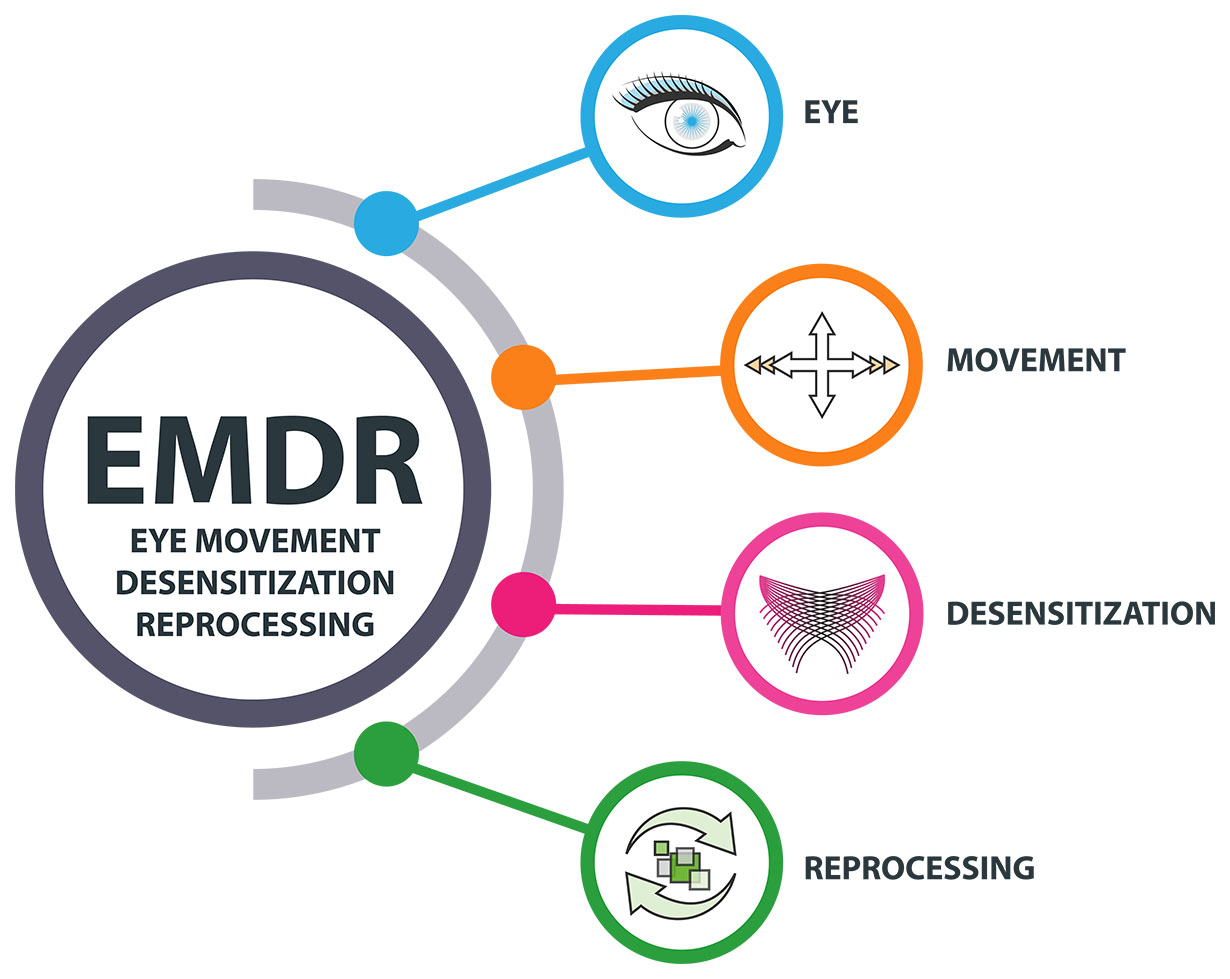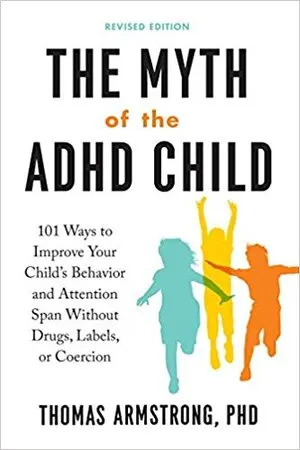Healing Deep Wounds: What to Expect from an EMDR Therapist
Trauma has a way of leaving emotional footprints that follow us long after the initial experience. Whether it’s childhood abuse, a car accident, or a history of emotional neglect, the lingering effects can disrupt daily life. EMDR, short for Eye Movement Desensitization and Reprocessing, is a powerful psychotherapy approach designed to help people recover from trauma, anxiety, and distressing life experiences. But if you’ve never experienced it before, you may wonder: What exactly happens in EMDR therapy? And how does it help?
Working with a qualified EMDR Therapist can be a transformative experience. These professionals are trained to guide clients through the EMDR process in a structured, compassionate, and safe way. Understanding what to expect can ease fears, build trust, and prepare you to begin your healing journey with confidence.
Understanding EMDR: A Trauma-Informed Approach
EMDR therapy is not your typical talk therapy. Instead of focusing exclusively on verbal processing, it targets the brain’s natural ability to heal through bilateral stimulation—often in the form of eye movements, taps, or tones. This process mimics what happens during REM (Rapid Eye Movement) sleep, allowing your brain to reprocess painful memories and detach them from overwhelming emotional responses.
It is particularly effective for individuals experiencing symptoms of post-traumatic stress disorder (PTSD), complex trauma, panic attacks, grief, phobias, and even performance anxiety. Many people who haven’t found success with traditional therapy methods discover profound relief through EMDR.
What Happens in Your First Few Sessions
The first few sessions with an EMDR therapist focus on building trust, assessing your readiness, and identifying target memories for reprocessing. Unlike some fast-track therapy options, EMDR requires thorough preparation to ensure safety and emotional stability.
During this early phase, you and your therapist will:
- Explore your personal history and identify troubling memories or patterns
- Learn grounding techniques and emotional regulation skills
- Set goals for treatment, such as reducing flashbacks or easing anxiety
- Create a list of target memories and associated beliefs (e.g., “I’m not safe” or “It was my fault”)
These foundational steps ensure that you are emotionally prepared before diving into deeper trauma work.
How the EMDR Process Works
EMDR therapy is structured around eight phases, each of which plays a critical role in helping you process trauma and find relief:
- History-taking and treatment planning – Your therapist gathers details about your trauma, mental health history, and symptoms.
- Preparation – You’ll learn self-soothing techniques like visualization, breathing exercises, and mindfulness practices.
- Assessment – A specific target memory is chosen, and its associated images, beliefs, emotions, and body sensations are evaluated.
- Desensitization – You begin bilateral stimulation (like eye movements), allowing your brain to reprocess the memory.
- Installation – Positive beliefs (e.g., “I am strong” or “I’m safe now”) replace old negative ones.
- Body scan – Your therapist checks if there is any residual tension or emotional discomfort left in the body.
- Closure – The session ends with grounding and reflection to ensure you leave feeling safe and stable.
- Re-evaluation – At the start of the next session, the therapist checks in on progress and determines next steps.
The desensitization phase is where the core healing takes place. Over time, your brain begins to reinterpret past trauma as a memory rather than a threat, reducing emotional intensity and improving overall functioning.
What EMDR Feels Like for Most Clients
Everyone’s EMDR experience is different, but clients often report similar reactions such as:
- Emotional release during or after sessions
- Shifts in how they view past experiences
- Reduction in physical symptoms like headaches or tension
- Improved sleep and reduced nightmares
- Feeling “lighter” or more in control
Some sessions may be emotionally intense, but EMDR therapists are trained to help you stay grounded and safe. The goal is not to relive trauma but to reprocess it in a way that removes its emotional charge.
Why EMDR is a Good Fit for Trauma Survivors
What sets EMDR apart is that it doesn’t require you to speak in detail about traumatic memories if you’re not ready. This makes it ideal for survivors of sexual assault, domestic violence, military combat, or early childhood trauma who may find traditional talk therapy overwhelming.
Additionally, EMDR therapy is effective in a relatively short amount of time compared to other modalities. While results vary, some clients report noticeable improvement after just a few sessions, especially when working with a certified trauma-informed EMDR therapist.
Long-Term Benefits of EMDR Therapy
When done consistently and ethically, EMDR can lead to lasting emotional and psychological improvements. These may include:
- Decreased PTSD symptoms like flashbacks or hypervigilance
- Reduced anxiety, depression, and panic attacks
- Increased self-worth and confidence
- Better relationships and communication
- Greater resilience in the face of future stress
Many clients describe EMDR therapy as life-changing because it allows them to finally let go of emotional pain they’ve carried for years.
FAQs About EMDR Therapy
Q: How long does EMDR therapy take?
It depends on the individual. Some people feel significant relief after 6–12 sessions, while others may need more time, especially if they have complex trauma.
Q: Is EMDR therapy safe for everyone?
Yes, when conducted by a trained EMDR therapist. However, those with certain conditions (like dissociative disorders) may need additional support during the preparation phase.
Q: Will I have to talk about all the details of my trauma?
No. EMDR allows you to process painful memories without going into graphic detail. The therapist focuses on your emotions, beliefs, and physical sensations rather than the full narrative.
Q: Can EMDR be done virtually?
Yes. Many therapists now offer EMDR sessions via telehealth using tools like visual cues, tapping, or audio tones to facilitate bilateral stimulation.
Q: What if I feel worse after a session?
Some emotional discomfort is normal after EMDR, especially as painful memories surface. Your therapist will help you develop coping tools to manage these reactions.
Final Thoughts: A Path Toward Freedom
Trauma doesn’t have to control your present. EMDR therapy offers a research-backed, client-centered approach to healing emotional wounds at their root. Whether you’re dealing with recent trauma or processing experiences from years ago, working with an experienced EMDR therapist can help you move forward with clarity, confidence, and peace.
If you’re ready to transform the way your mind and body hold onto pain, EMDR might just be the path to freedom you’ve been looking for.




